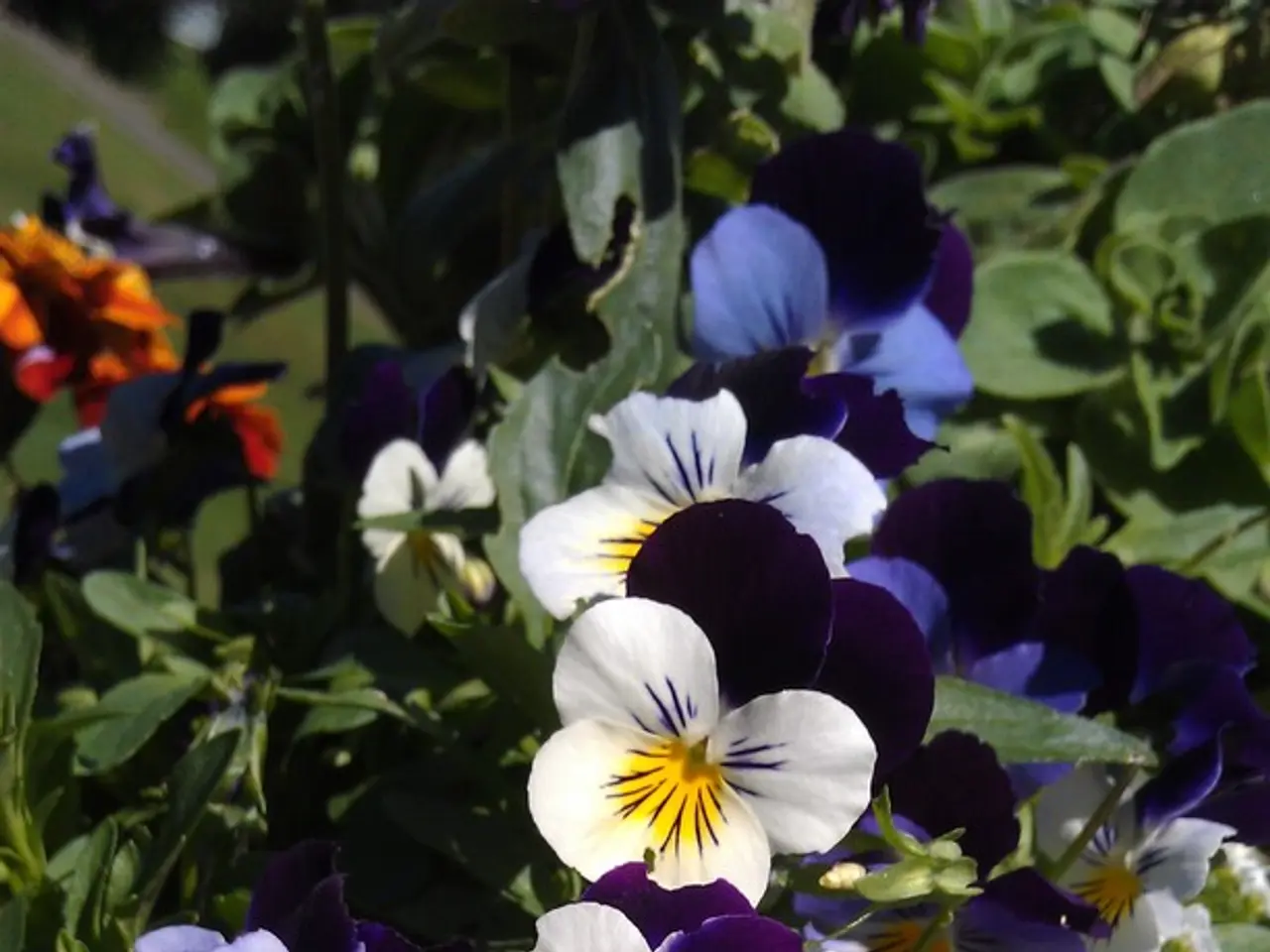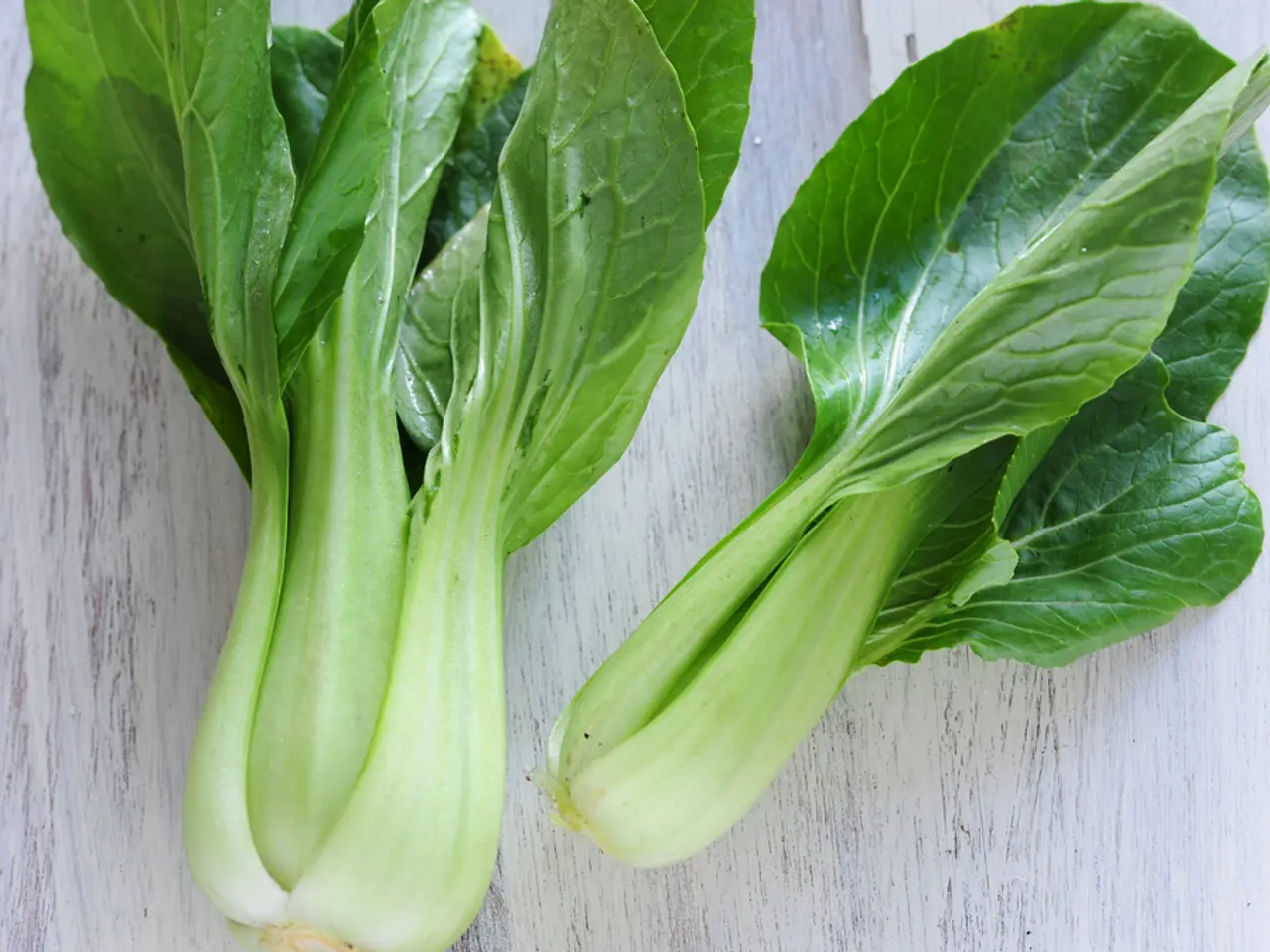Nurturing Shrub Roses and Species Roses: A Guide for Successful Cultivation
Shrub roses and species roses are optimal for expansive gardens and cater to natural-looking, cottage-style gardens, particularly for those seeking a traditional 'romantic' aesthetic. These varieties are larger than other types of roses and are commonly used in mixed hedges. The shrub and species rose group is diverse, with some blooming only once and others offering repeat flowering.
Distinguishing features of shrub roses include an open shape and prickly stems bearing flowers along their length. These flowers come in various colors and shades, with single, semi-double, and fully double varieties. Species roses, also known as wild roses, include the dog rose (Rosa canina) and the rugosa rose (Rosa rugosa). Shrub roses are typically hybridizations of wild roses and require similar growing and pruning conditions to wild roses.
Cultivating Shrub and Species Roses
Plant shrub and species roses in well-draining, nutrient-rich soil under full sun to partial shade. Feed them with a balanced fertilizer in the spring and summer, and mulch them with well-rotted manure or compost in the fall. Shrub and species roses need minimal pruning, but regularly remove dead, damaged, or diseased branches to keep the plants healthy and maintain an open structure.
For more detailed advice, refer to our resources on caring for roses in autumn, deadheading roses, choosing companion plants, growing climbing roses, selecting top-scented roses, and cultivating roses in pots.
Planting Locations for Shrub Roses and Species Roses
Most shrub and species roses fare best in a sunny location, but some, such as Rosa rugosa cultivars, thrive in semi-shade. While shrub roses can tolerate a variety of soil types, they prefer well-draining soil that is rich in organic matter. Given their vigorous growth and deep roots, shrub and species roses require ample space and are not suitable for container gardening.
How to Plant Shrub Roses and Species Roses
Year-round planting is possible for potted shrub roses, but those planted during the summer should be kept well-watered. In the autumn and winter, a range of bare-root rose varieties becomes available. Plant these as soon as they arrive in a hole at least twice the depth and width of the rootball, enriched with well-rotted organic matter. Gently tease out the roots, position the plant at the proper soil level, backfill, and firm the soil with your heel. Then water thoroughly.
Pruning Shrub Roses and Species Roses
Minimal pruning is necessary for shrub and species roses. Remove dead, damaged, or diseased wood and prune back to a healthy bud in February or March. To allow light into the center of the plant, remove old growth at the base as needed. If growth is slow, rejuvenate the plant by cutting old stems to the ground to encourage new growth.
Species roses that only bloom once in the summer and don't offer attractive hips can be pruned after blooming by shortening side shoots by a third. Learn how to prune species roses like Rosa rugosa and Rosa gallica with shears efficiently in this Gardeners' World programme clip. This video also explains the differences between shrub roses and hybrid tea roses.
Propagating Shrub Roses and Species Roses
Shrub and species roses propagate best through hardwood cuttings in the autumn. Cut a pencil-thick piece of stem from the current season's growth, about 30 cm long. Remove the soft tip, making a cut at an angle away from the bud to prevent rot. The cut should be just above a healthy bud. Trim the cutting below its lowest growth node, and insert it in a shallow trench in a sunny, sheltered spot filled with horticultural sand. Backfill and water well. New growth should appear the following spring. Pot on the new plants in the autumn following their emergence.
Managing Pests and Diseases in Shrub Roses and Species Roses
Avoid planting roses in the same location as a recently removed mature rose due to the potential for rose replant disease. This issue can be hard to diagnose, and plants may struggle to thrive. The most common rose disease is black spot, which spreads through the air and can be carried by using infected tools or fallen leaves on the ground. Remove fallen leaves and burn any that are infected to prevent the spread of the disease. Roses can also be affected by viruses, powdery mildew, and aphids, but proper care can help minimize these risks. Rabbits and deer can also pose a problem.
Recommended Shrub Roses and Species Roses
- Rosa x odorata 'Mutabilis': A vigorous species rose that enjoys full sun and offers a mix of soft yellow and pink flowers for months.
- Rosa 'Helen Knight': A modern shrub rose with bright yellow single flowers against attractive serrated foliage. This variety can tolerate semi-shade and has thorns.
- Rosa moyesii 'Geranium': Blood-red single flowers followed by impressive red autumn hips.
- Rosa 'Constance Spry': A beautiful rose with double flowers and a myrrh scent. It has an arching habit and can be trained as a climber.
- Rosa canina: Soft pink, single flowers followed by red hips. Ideal in a mixed hedge.
- Rosa 'Buff Beauty': Clusters of apricot-yellow flowers that repeat bloom over the summer. This variety has a strong fragrance.
- Sweet briar (Rosa rubiginosa): Shrub rose with fragrant foliage and prickly stems. Single pink flowers are later followed by red hips.
Roses by Color
- Red Roses to Grow
- Orange Roses to Grow
- Yellow Roses to Grow
- Pink Roses to Grow
- Purple Roses to Grow
Incorporating shrub and species roses into container gardening is not ideal due to their vigorous growth and deep roots. On the other hand, home-and-garden enthusiasts can enjoy a variety of cottage-style gardens by adopting container gardening practices for other flowers and combining them with shrub and species roses in mixed container arrangements. The lifestyle of those passionate about home-and-garden pursuits can be further enhanced through caring for and nurturing these diverse roses, whether in traditional garden settings or creative container arrangements, offering a balance of natural beauty and intentional design.







